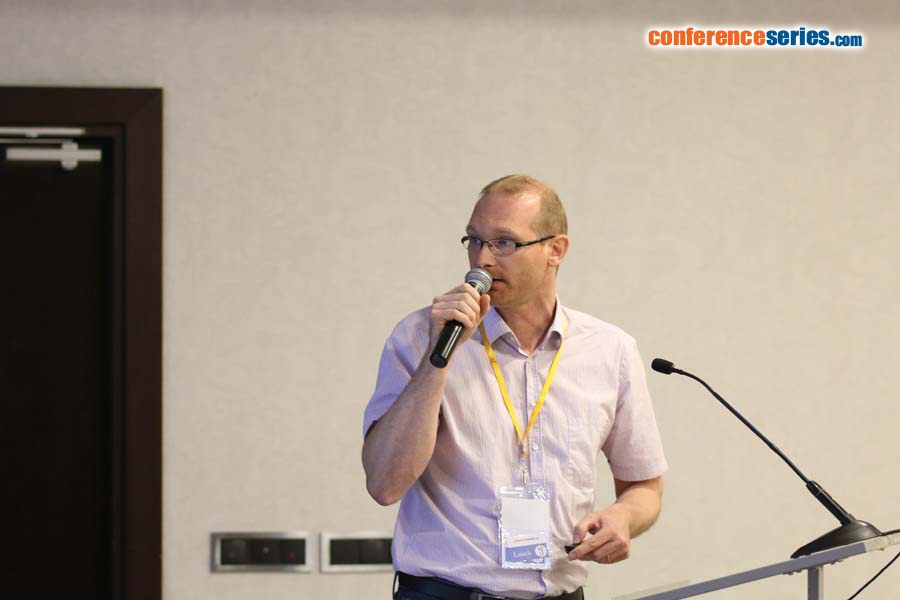
Nicolas Tessier-Doyen
SPCTS laboratory France
Title: Organized silicate-based composite materials: Mechanical and thermal properties related to processing
Biography
Biography: Nicolas Tessier-Doyen
Abstract
Ceramic shaping processes such as uniaxial pressing, tape casting or extrusion favor the orientation of clay platelets in silicate materials. For example, kaolinite and muscovite phyllosilicates exhibit an anisotropic structure having attracted considerable interest in optimizing materials characteristics. As a consequence, mechanical and thermal properties can be significantly different in function of considered directions. However, controlling thermal treatment is also essential in such materials to keep the anisotropic microstructure of specimens after sintering and to optimize amount, organization and size of the occurred mullite phase. Moreover, adding a slight proportion of a second phase such as low cost silicate-based long fibres can also contribute to enhance mechanical properties. In this work, two types of silicate ceramic materials are presented: Clay-based materials obtained by extrusion processing anisotropy at macroscopic scale has been evidenced by thermal conductivity (laser flash method) and Young’s modulus (pulse echography technique) measurements denoting a decrease of anisotropic degree when the temperature of sintering increases. These results are in agreement with significant transformations occurring in kaolinite phase; multi-layer ceramic composites reinforced with silicate-based fibres, it has been shown that mechanical properties of final substrate specimens are closely related to the organization degree of mullite crystals, due to the formation of a specific mullite network at different scales of the microstructure. The anisotropy of elastic properties has also been evidenced in directions parallel and perpendicular to the casting direction. Despite the very low proportion of added fibres (less than 5wt.%), Young’s modulus and stress to rupture are improved to about 20 and 50% respectively. Moreover, fracture toughness values are multiplied at least by 2 compared to the single substrate layer because of crack defection and crack bridging mechanisms occurring at the fiber/matrix interface.
Recent Publications
- Tessier-Doyen N, Bourret J, Guinebretière R, Joussein E, Smith DS (2015) Anisotropy of thermal conductivity and elastic properties of extruded clay-based materials: Evolution with thermal treatment. Applied Clay Sciences 116:150-157.
- Tessier-Doyen N, Bourret J, Naï-Ali B, Pennec F, Alzina A, Peyratout CS, Smith DS (2013) Effect of the pore volume fraction on the thermal conductivity and mechanical properties of kaolin-based foams. J. Eur. Ceram. Soc. 33 (9):1487-1494.
- Tessier-Doyen N, Deniel S, Dublanche-Tixier C, Chateigner D, Blanchart P (2010) Processing and characterization of textured mullite ceramics from phyllosilicates. J. Eur. Ceram. Soc. 30:2427-2434.
- Tessier-Doyen N, Boussois K, Blanchart P (2013) Anisotropic kinetic of the kaolinite to mullite reaction sequence in multilayer ceramics. J. Eur. Ceram. Soc. 33:243-249.
- Tessier-Doyen N, Boussois K, Blanchart P (2014) High toughness silicateceramics. J. Eur. Ceram. Soc. 34:119-126


